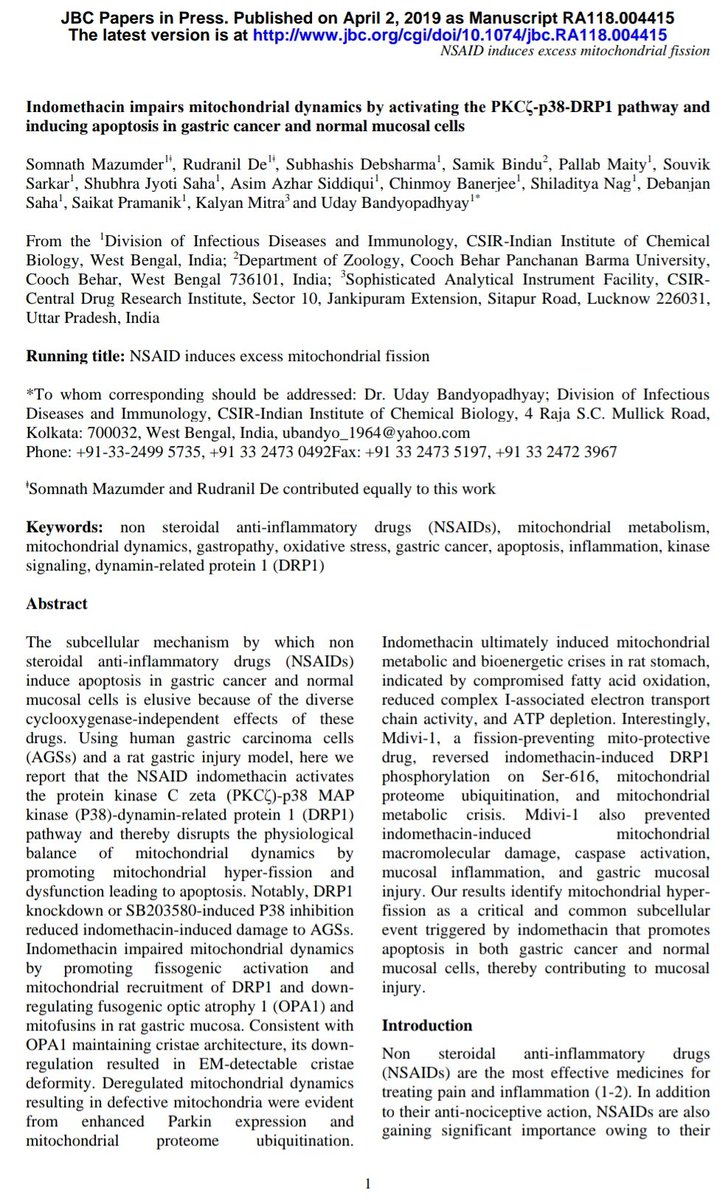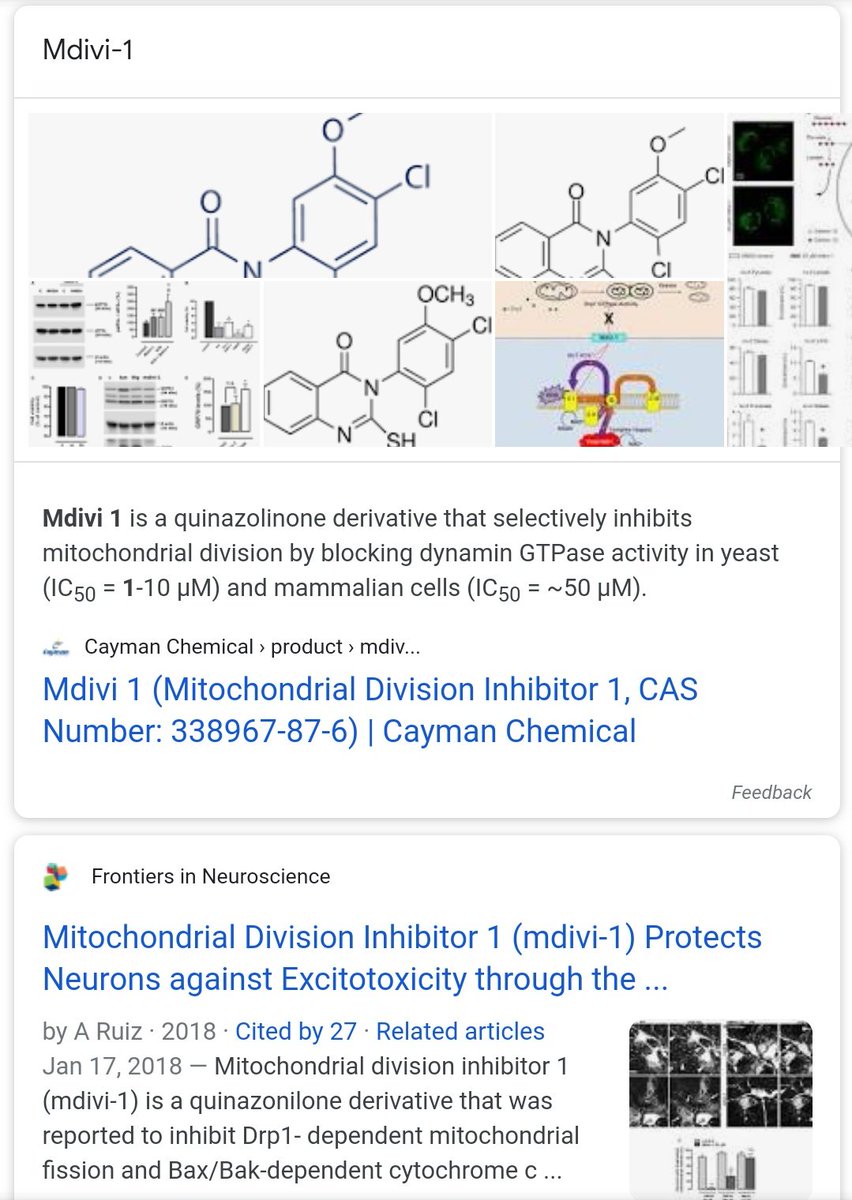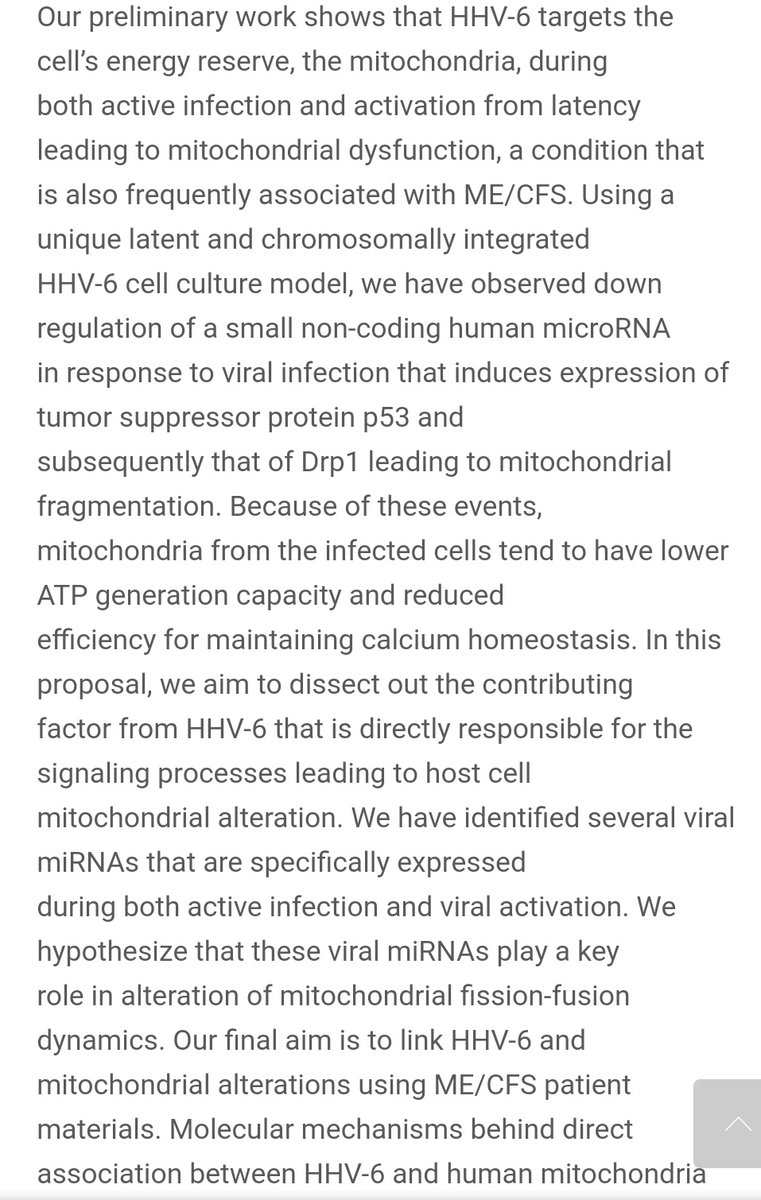
@Longco191 That is a more complex question.
There are various possible post-acute COVID-19 symptoms.
Cardiorespiratory functional capacity may sometimes take a few weeks to months to recover.
Patients who experienced extensive clotting may have longer-lasting damage to affected areas.
There are various possible post-acute COVID-19 symptoms.
Cardiorespiratory functional capacity may sometimes take a few weeks to months to recover.
Patients who experienced extensive clotting may have longer-lasting damage to affected areas.
@Longco191 There may be a risk of developing an autoimmune or autoinflammatory condition, such as a new joint or connective tissue disorder, potentially requiring assessment by a rheumatologist for diagnosis and treatment. Anecdotally, this often does appear to be treatable to some extent.
@Longco191 Some acutely recovered patients have reported fairly strong indicators of developing POTS, which is usually symptomatically treatable with appropriate medication by e.g. GPs familiarized with the issue. The underlying cause is usually harder to address and may be neurological.
@Longco191 Anosmia usually recovers within months. Treatments for refractory cases are still an area of research.
Reports of Sicca syndrome.
There are also some rarer reported issues, e.g.: new endocrine disorders, hypertension, diabetes, MS, GBS, in one case Parkinson's disorder, etc.
Reports of Sicca syndrome.
There are also some rarer reported issues, e.g.: new endocrine disorders, hypertension, diabetes, MS, GBS, in one case Parkinson's disorder, etc.
@Longco191 Even after accounting for these, some COVID-19 survivors have symptoms potentially consistent with ME/CFS. Specific cases vary.
It is important to address any other known issues first. Fatigue may arise from something more tractable.
ME/CFS treatments are an area of research.
It is important to address any other known issues first. Fatigue may arise from something more tractable.
ME/CFS treatments are an area of research.
@Longco191 Overall, post-COVID-19 subchronic or potentially chronic symptoms arise from diverse underlying causes, and are best treated or managed separately as distinct conditions.
There is no unified "long-haul COVID-19" disorder. There are only various possible lasting complications.
There is no unified "long-haul COVID-19" disorder. There are only various possible lasting complications.
• • •
Missing some Tweet in this thread? You can try to
force a refresh














